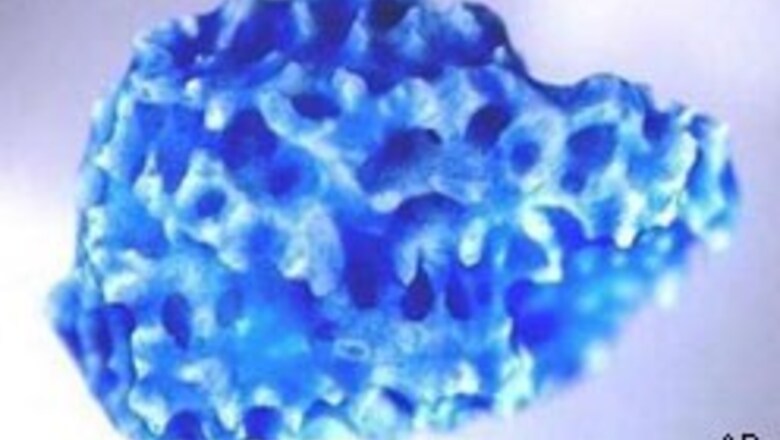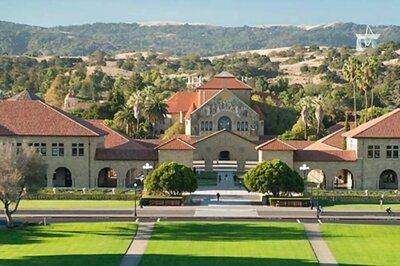
views
Washington: Stem cells nearly as powerful as embryonic stem cells can be found in the amniotic fluid that protects babies in the womb, US researchers reported on Sunday.
They used them to create muscle, bone, fat, blood vessel, nerve and liver cells in the laboratory and said they believe the placenta and amniotic fluid can provide one more source of the valued cells, which scientists hope will someday transform medicine.
They would also provide a non-controversial source of the cells, which are found with difficulty throughout the body and in days-old embryos.
Embryonic cells are considered the most malleable of the various types of stem cells, but these amniotic fluid-derived cells are a close second, said Dr Anthony Atala, of the Institute for Regenerative Medicine at Wake Forest University School of Medicine, who led the study.
"Our hope is that these cells will provide a valuable resource for tissue repair and for engineered organs as well," Atala said in a statement.
"I feel these cells are pluripotent like human embryonic stem cells,” he added.
Pluripotent means the cells can give rise to any type of tissue in the body including blood, nerve and muscle.
Adult stem cells, found in the tissues and blood of fetuses, babies and adults, are already partly differentiated and are less adaptable.
The use of human embryonic stem cells is controversial in some countries, including the United States.
President Bush has restricted federal funding of human embryonic stem cell research, although researchers using private money can do as they please and Congress, even before the Democrats took over, was planning ways to encourage more research.
Proven Prpperties
Writing in the journal Nature Biotechnology, Atala and colleagues described how they have spent seven years proving the properties of these cells.
"It has been known for decades that both the placenta and amniotic fluid contain multiple progenitor cell types from the developing embryo, including fat, bone, and muscle," Atala said.
"We asked the question, 'Is there a possibility that within this cell population we can capture true stem cells?' The answer is yes,” Atala added.
They used discarded samples from amniocentesis, a test used to check fetuses for birth defects.
The cells come from the fetus, which breathes and sucks in, then excretes, the amniotic fluid throughout pregnancy, Atala told reporters in a telephone conference.
Tests in mice showed the stem cells could be used to replace damaged brain cells, and could be "printed" onto structures using technology similar to that seen in inkjet printers to make bone tissue.
Like embryonic stem cells, they appear to thrive in lab dishes for years, while normal cells, called somatic cells, die after a time.
"They are easier to grow than human embryonic stem cells," Atala added in a telephone interview. And, unlike embryonic stem cells, they do not form a type of benign tumor called a teratoma, he said.
Atala said a bank with 100,000 specimens of the amniotic stem cells theoretically could supply 99 per cent of the US population with perfect genetic matches for transplants.
They are not found in cord blood, a source of a different type of stem cell used mostly to treat leukemia. But they could be banked in much the same way cord blood is now banked, Atala said.
"This is early work," Atala cautioned adding, "It is still several years away before we try this in a patient."



















Comments
0 comment